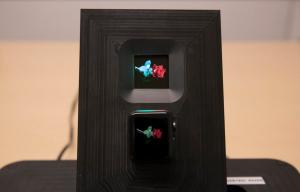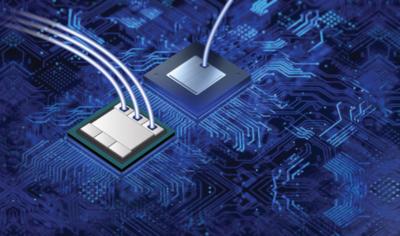In May 2021 Quantum Dots developer Nanosys acquired 3D Nanowire microLED display developer Glo. The company today announced that it is selling its GaN MicroLED fab and its related engineering team to Avicena, a startup that develops microLED-based optical interconnects. Nanosys received an equity stake in Avicena.
Avicena will use the fab and team to develop and produce high-speed GaN microLEDs optimized for parallel multi-Tbps interconnects. Before the agreement, Avicena was using the Nanosys fab for the development of its microLEDs.
The GaN microLED fab was previously owned by glō, which invested over $200 million in the facilities, which include epitaxy, wafer processing, and lift-off and transfer tools to post-process silicon ICs with optical interfaces.
This is a very interesting development. We do not know yet what are Nanosys' plans for the future, but it seems as if the company is abandoning its microLED development, or at least most of it. It will likely still be active in related quandum-dots color conversion solutions. Only a few months ago Nanosys raised $50 million, so it is not likely that was an emergency sale for the company, and it likely anyway the the whole deal was paid for in equity rather than cash (as Avicena is an early stage company).
Glo has been developing GaN microLED displays on both LTPS and CMOS (microdisplay) backplane. The company, founded in 2003, invested over $200 million in its technology and facilities - which includes epitaxial LED growth, transfer technology and chip processing.
Over the years, Glo announced several prototypes and collaborations.
In early 2019, Glo demonstrated two displays. First up is the 1.5-inch 264 PPI 4000-nits LTPS display you can see in the image below. Glo also demonstrated a 1000 PPI 100,000 nits MicroLED microdisplay, produced on a silicon CMOS backplane.

Later in 2019 Glo together with Kyocera demonstrated a 1.8-inch 256x256 (200 PPI) microLED display based on Kyocera's LTPS backplane. Towards the end of 2019, glo, together with Japan Display, showed a 1.6" 300x300 (256 PPI) 3,000 nits display that is based on JDI's LTPS backplane with microLED chips developed by Glo.


